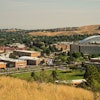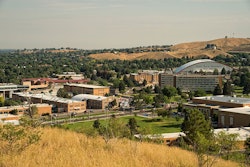Computer-Based Technology Helping Kids With Disabilities Find Their Voice, Say Penn State Researchers
Laptop computers that combine features from popular toys with innovative technology have rapidly accelerated the learning and communication ability of children with disabilities, according to researchers at Pennsylvania State University. The technology could in the future be adapted to aid victims of major accidents and the elderly as well.
According to Dr. Janice Light, a professor of communication sciences and disorders at Penn State, more than 2 million Americans are unable to use speech to communicate, and children are a major component of this population.
“Kids learn and communicate through speech by trying out new words and forming sentences,” says Light. “If they can’t do that due to problems such as autism, Down Syndrome and cerebral palsy, then it is going to be difficult to learn how to read and write, make friends and communicate their needs.”
Computer-based technology that provides speech output is increasingly being used to assist such children in communicating but Light feels it has not yet fully served its purpose.
“The design of many of these systems is really based on how adults think, and the machines are complicated and children take years learning how to use them,” says Light, who presented her findings Feb. 20 at the 2006 annual meeting of the American Association for the Advancement of Science.
“As a result, the children miss several years of a crucial learning period and fall further behind normal children. Due to their impoverished learning environment, they’re really locked in, in a way,” she says.















